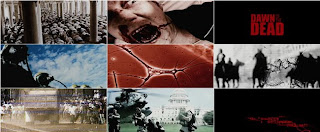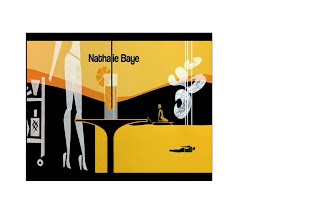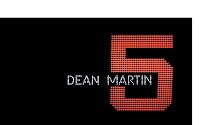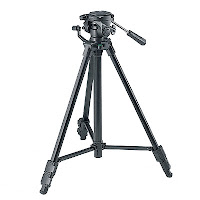We chose Guy Amos as our photographer or detective because we thought that he would suit the part because he looks quite innocent .
We chose Tom Gass as our messenger because we thought that he looks older than he actually is and we thought that he is quite secretive.
We chose Stephen Paxton as our 'bad guy' because he looks quite scary and we thought he looked suitable to be a bad guy.
We chose Daniella Wild as our 'bad girl' because she looks older than she is but she is still in AS and she does Drama.
We chose Phil as the man looking through the pictures because we didnt actually see who the person was, so we thought he would be a good actor
 |
| Stephen Paxton |
 |
| Daniella Wild |














